Red light therapy (RLT), also known as photobiomodulation or low-level light therapy, has gained significant attention in the skincare world for its potential to promote healthier, more youthful-looking skin. This non-invasive treatment uses low-wavelength red light to penetrate the skin at a cellular level, stimulating various biological processes that enhance skin health.
How Red Light Therapy Works for Skin Health
Red light therapy involves exposing the skin to low levels of red or near-infrared light, typically in the range of 600 to 750 nanometers. Unlike ultraviolet (UV) light, which can damage the skin, red light is considered safe and beneficial when used correctly. Here’s how it functions at a cellular level:
Red light therapy is a non-invasive treatment that uses low-wavelength red light to penetrate the skin at a cellular level. This process stimulates cellular activity, boosts circulation, and enhances the production of collagen and elastin—two key components for maintaining firm, youthful skin. Unlike UV light, which can damage the skin, red light is safe and beneficial when used correctly.
Red light therapy works by stimulating the cell’s energy source: mitochondria. This improves cell function, which can: Increase the production of collagen, which gives skin its structure, elasticity and rigidity. Help improve skin conditions, including acne, acne scarring, eczema and psoriasis. Promote wound and skin healing by increasing blood flow to the area. Reduce redness and inflammation caused by sun damage.
When applied to the skin, red light therapy reduces inflammation and increases turnover of keratinocytes, the most common type of skin cell that makes up the structure of our top layer of skin.
By targeting the mitochondria, red light therapy boosts adenosine triphosphate (ATP) production, the energy source for cells, enabling them to repair damage and rejuvenate more effectively.
Key Benefits of Red Light Therapy for Skin
Numerous studies and dermatological insights highlight the potential benefits of red light therapy for various skin concerns. Below are the primary advantages, as described by trusted sources:
1. Stimulates Collagen and Elastin Production
Collagen and elastin are essential proteins that maintain skin firmness and elasticity, but their production slows with age, leading to wrinkles and sagging. Red light therapy helps counteract this:
Collagen and elastin are essential proteins that maintain the skin’s firmness and elasticity. As we age, their production slows down, leading to wrinkles and sagging skin. Red light therapy helps stimulate fibroblasts, the cells responsible for producing these proteins, resulting in smoother and firmer skin.
Red LED light therapy may reduce inflammation and stimulate the production of collagen, a protein responsible for younger-looking skin that diminishes with age.
In a 2014 study, participants had more collagen density after treatment. Research states that cells involved with collagen production can be stimulated with the wavelengths the red light provides.
2. Reduces Wrinkles, Fine Lines, and Signs of Aging
By boosting collagen production and improving skin elasticity, red light therapy can minimize visible signs of aging:
Red light therapy usually takes the form of a face mask, light panel, or wand equipped with LED lights, which you place near your skin to let your cells “absorb” the light. “Red light therapy is theorized to work on the mitochondria of our cells—the engine,” explains LoGerfo. “This gives the cells of the body more energy, allowing other cells to function with maximum productivity. For the skin, this includes skin restoration and repair which can help increase new cell growth and intensify the restoration process.”
In one study, 90 patients received 8 LED red-light treatments to their face over 4 weeks. More than 90% of patients said they noticed some improvement, including softer and smoother skin, less redness, and lightening of dark spots.
3. Improves Acne and Acne Scars
Red light therapy’s anti-inflammatory properties and ability to regulate sebum production make it a promising treatment for acne and related scarring:
RLT, either alone or in combination with other treatments, such as blue light therapy, is a potentially effective treatment for acne vulgaris. The light appears to penetrate deep into the skin and affect sebum production while also reducing inflammation and irritation in the area.
Research has found that red light therapy can be effective for acne treatment. This may have to do with its ability to help reduce inflammation. In addition to helping with active acne lesions, red light lasers may also help treat old acne scars.
There have also been promising studies on the treatment of mild-to-moderate acne with a combination of red light and blue light. However, more research is needed on the long-term effects of red light on acne and the use of red light for severe acne.
4. Reduces Inflammation and Soothes Skin Conditions
Red light therapy can calm irritated skin and alleviate symptoms of inflammatory skin conditions like rosacea, eczema, and psoriasis:
Skin conditions such as acne, rosacea, and eczema often involve inflammation and redness. Red light therapy has anti-inflammatory properties that help calm irritated skin, making it an excellent option for those with sensitive or reactive skin.
Red light therapy is promoted as a treatment for some common skin conditions, including to: Improve psoriasis, rosacea and eczema.
Although the exact reason is not yet clear, RLT has significant · anti-inflammatory effects in the body. These effects are both local, where practitioners apply the light, and systemic, in other tissues and organs in the body.
5. Enhances Wound Healing and Scar Reduction
Red light therapy promotes tissue repair, making it effective for healing wounds and reducing the appearance of scars:
Red light therapy has been found to accelerate the skin’s natural healing process. It promotes tissue repair and reduces the appearance of scars from acne, surgery, or injury. This makes it a useful tool in post-procedure skincare routines.
Wound healing: Chronic wounds may heal better with red light therapy.
Red light therapy’s ability to increase blood flow could help with wound healing, Dr. Huh says. Increasing circulation delivers nutrients and oxygen to the area, which allows it to repair faster and reduce the pain.
6. Improves Skin Tone and Texture
By increasing blood circulation and cellular turnover, red light therapy can enhance overall skin appearance:
By increasing blood circulation and cellular turnover, red light therapy helps even out skin tone and improve overall texture.
Perhaps the most notable benefit of red light therapy is the improved quality and texture of the skin, according to Dr. Ilyas.
In one large study, dermatologists saw that the patients who received in-office red light therapy after being treated with a laser had less discoloration and swelling from the laser.
Safety and Considerations
Red light therapy is generally considered safe with minimal side effects when used correctly. However, there are important precautions to keep in mind:
Red light therapy is generally safe for most individuals. It is non-invasive and does not use UV light, which can damage the skin. However, as with any treatment, it's important to use it correctly and follow safety guidelines. Some people may experience mild side effects, such as temporary redness or irritation. It's a good idea to talk to a healthcare professional before starting any new treatment. This is especially important if you have health conditions or are pregnant.
There is a low risk of side effects from undergoing RLT. However, prolonged or high-intensity exposure outside of treatment guidelines may damage the skin. Products for use at home may also lead to misuse, causing burns, blisters or damage to unprotected eyes.
Red light therapy may also cause eye damage in some cases, so it is best to wear protective goggles when using a red light therapy device.
Dr. Madfes doesn’t recommend red light therapy for anyone with photosensitizing medical conditions, such as lupus, or anyone taking a photo-sensitizing drug (including tetracycline, doxycycline, hydrochlorothiazide, naproxen). You should also avoid it if you have any open wounds or lesions on your skin.
At-Home vs. In-Office Red Light Therapy
Red light therapy can be performed at a dermatologist’s office, spa, or at home using FDA-cleared devices like masks, wands, or panels. However, in-office treatments are typically more powerful:
At home versus the clinic: Red light therapy, particularly for hair growth or skin rejuvenation, delivered in a clinic will almost always be more powerful than any at-home device, Rahman said.
In-office LED light therapy uses more powerful strengths than at-home devices, which makes it more effective. With LED masks and other portable devices, you likely won’t see dramatic anti-aging or acne-reducing results. You might experience subtle improvements in your skin’s appearance, though.
If you are looking to purchase a red light therapy device to use at home, LoGerfo recommends looking for ones that are from a reliable company and are labeled as “FDA approved.”
Frequently Asked Questions (FAQ)
1. Is red light therapy safe for all skin types?
People with any skin type and color can use LED light therapy. LED light therapy doesn’t use ultraviolet (UV) light, so it doesn’t cause damage or burns to your skin. LED light therapy is a safe, relatively risk-free treatment.
2. How often should I use red light therapy for skin benefits?
For skincare, Dr. Om suggests using a red-light device for about 10 minutes three to five times a week. It can take time to see results. “What I tell my patients is give it at least a month, if not three months,” he says.
For optimal results, red light therapy is typically done 3-5 times a week. The exact frequency can depend on the device you're using and the specific treatment goals.
3. Can red light therapy help with severe acne?
There have also been promising studies on the treatment of mild-to-moderate acne with a combination of red light and blue light. However, more research is needed on the long-term effects of red light on acne and the use of red light for severe acne.
4. How long does it take to see results from red light therapy?
The short answer is: it depends. You might see results immediately or never notice a dramatic change, according to experts I spoke with. There are so many variables at play, including your skin, the device(s), the frequency of treatment, if you are using at-home devices or visiting a dermatologist’s office — everything can affect your potential results. Even so, consistency is key to seeing any type of result.
5. Can I use red light therapy if I’m pregnant?
There is not a lot of research on the effects of red light therapy on pregnant people, but limited research suggests that it is safe. One study examined 380 pregnant women who had used laser light treatments during pregnancy and found that it was safe for both the parent and fetus.
Conclusion
Red light therapy offers a promising, non-invasive approach to improving skin health, with benefits ranging from increased collagen production to reduced inflammation and enhanced wound healing. While more research is needed to fully validate its efficacy for all claimed uses, the therapy is generally safe and well-tolerated, making it an attractive option for those seeking to address wrinkles, acne, scars, and other skin concerns.
Check out our other articles:


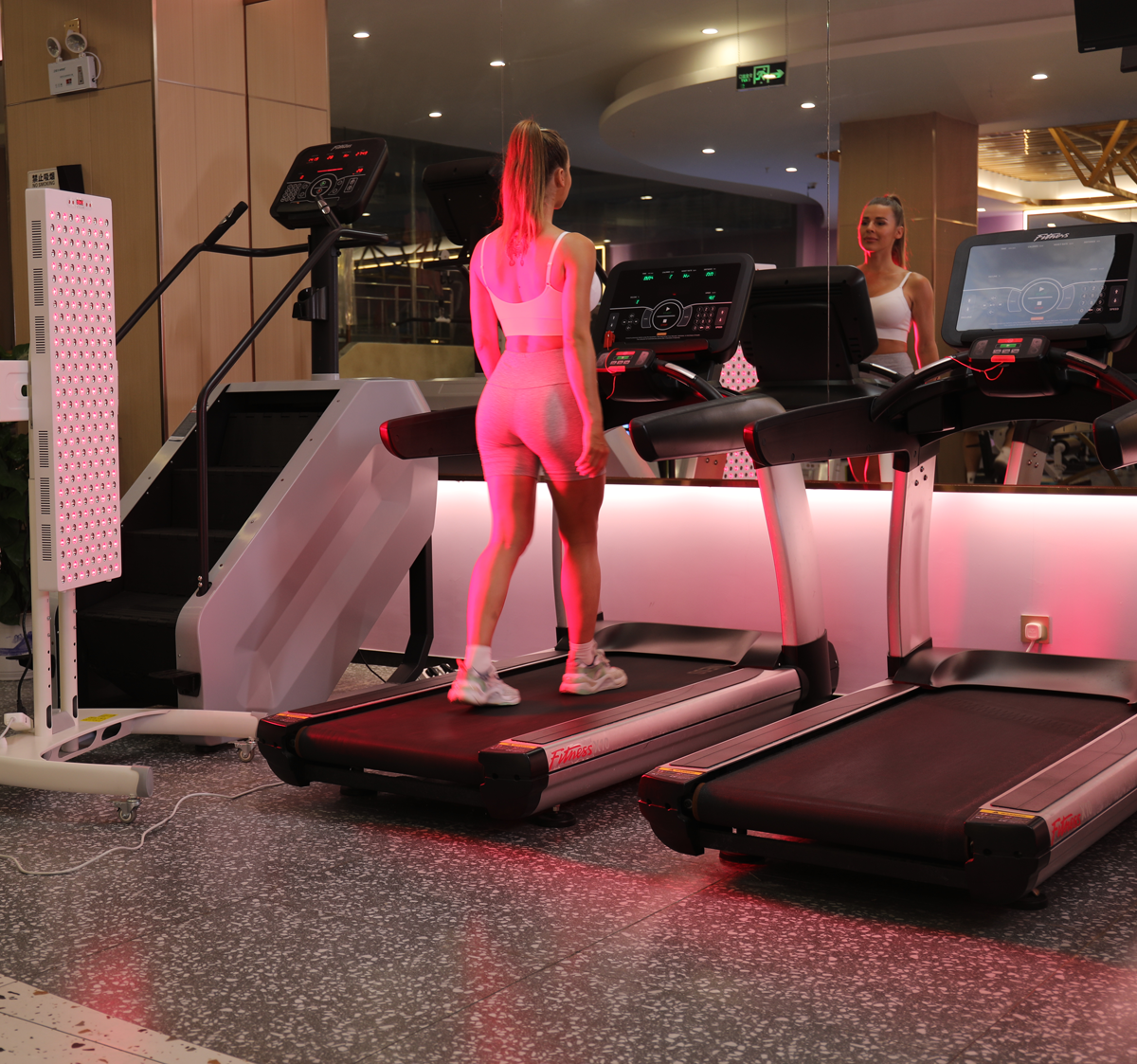

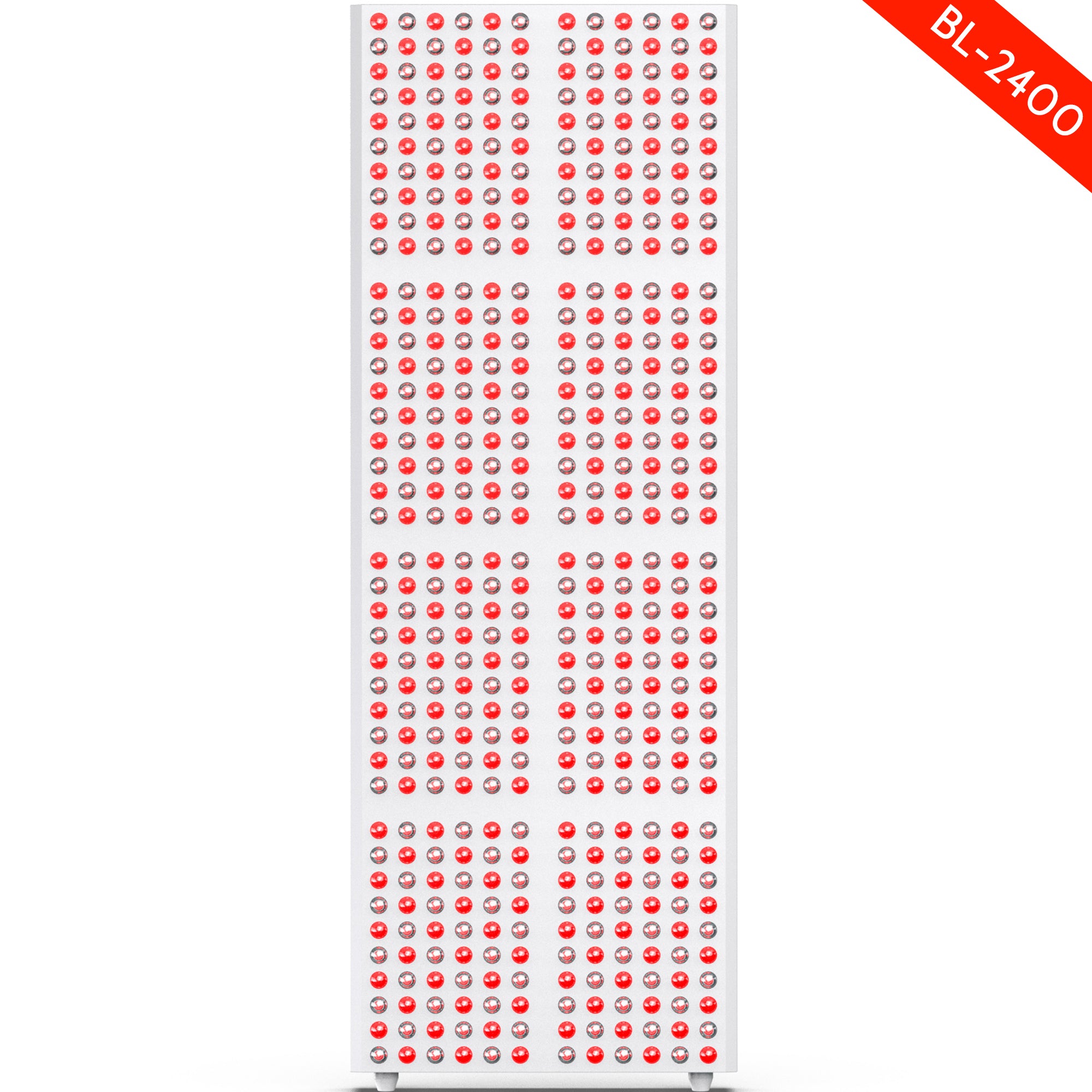
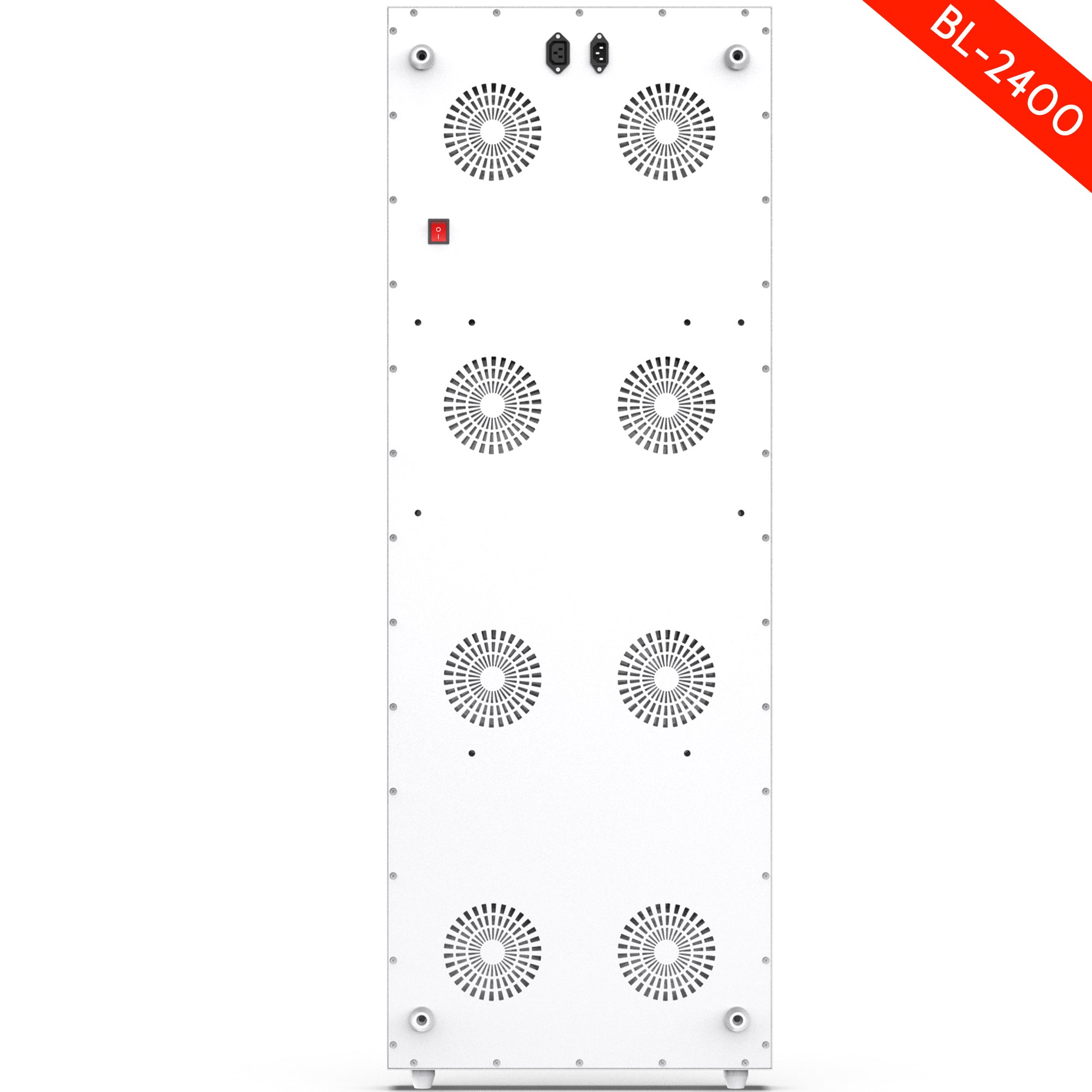
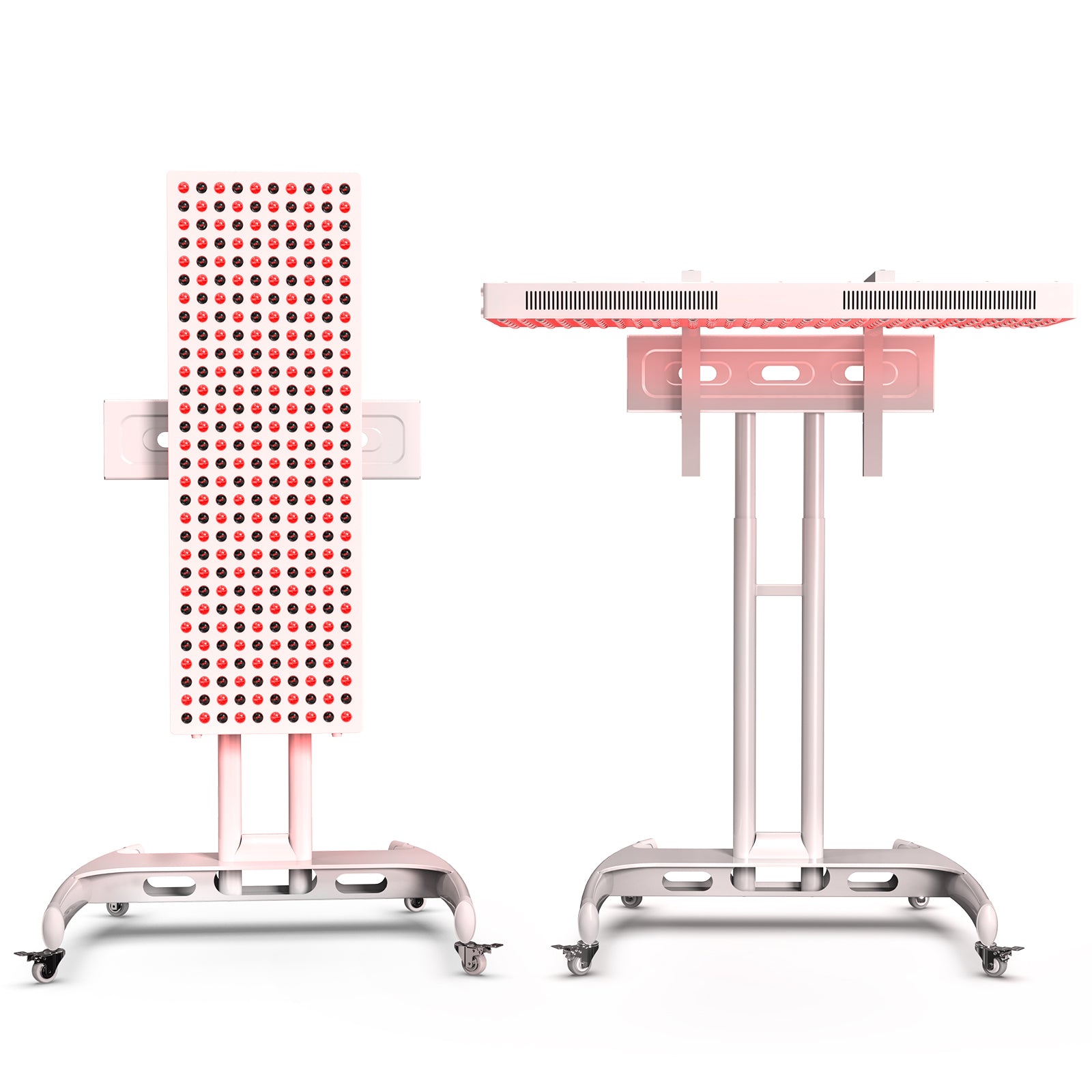

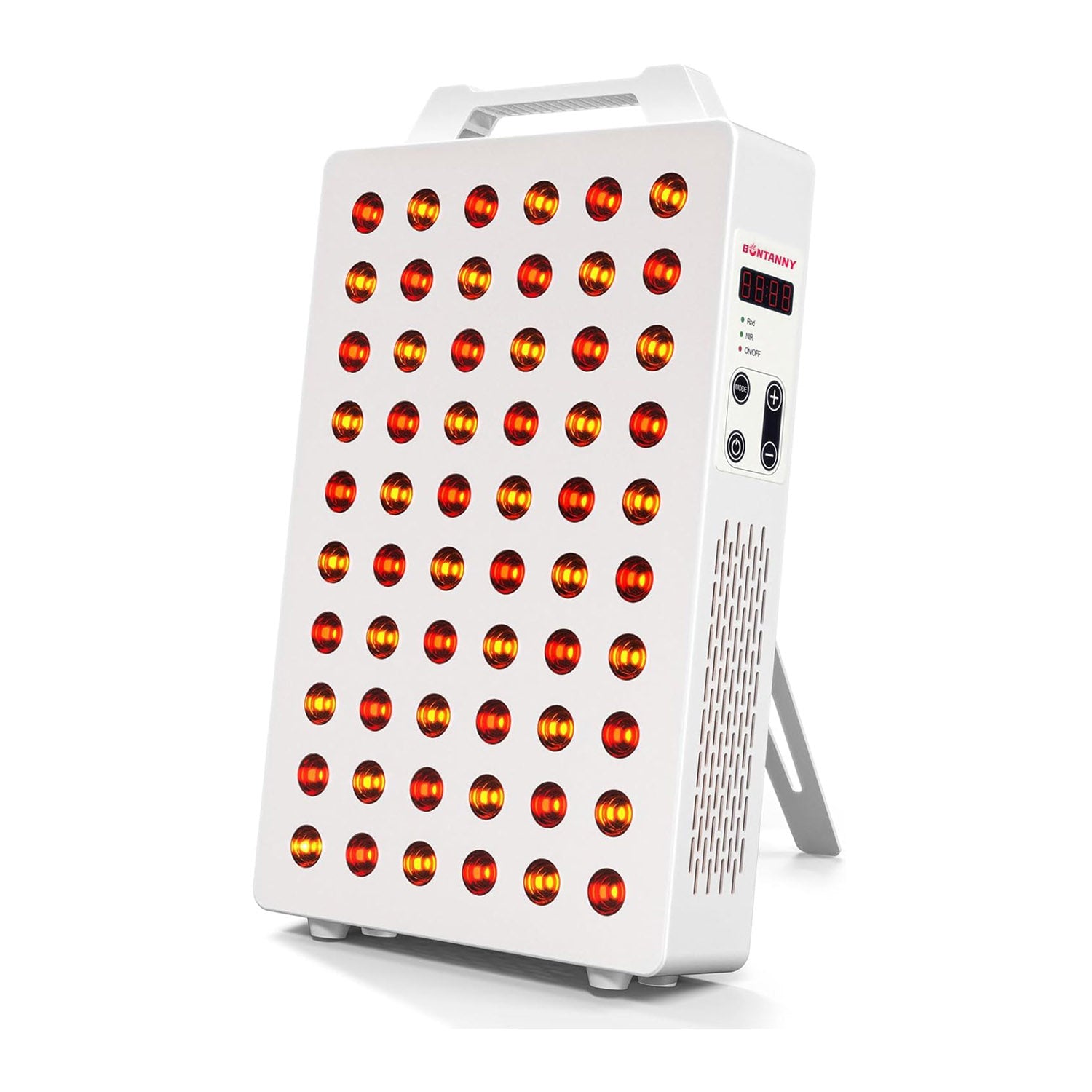
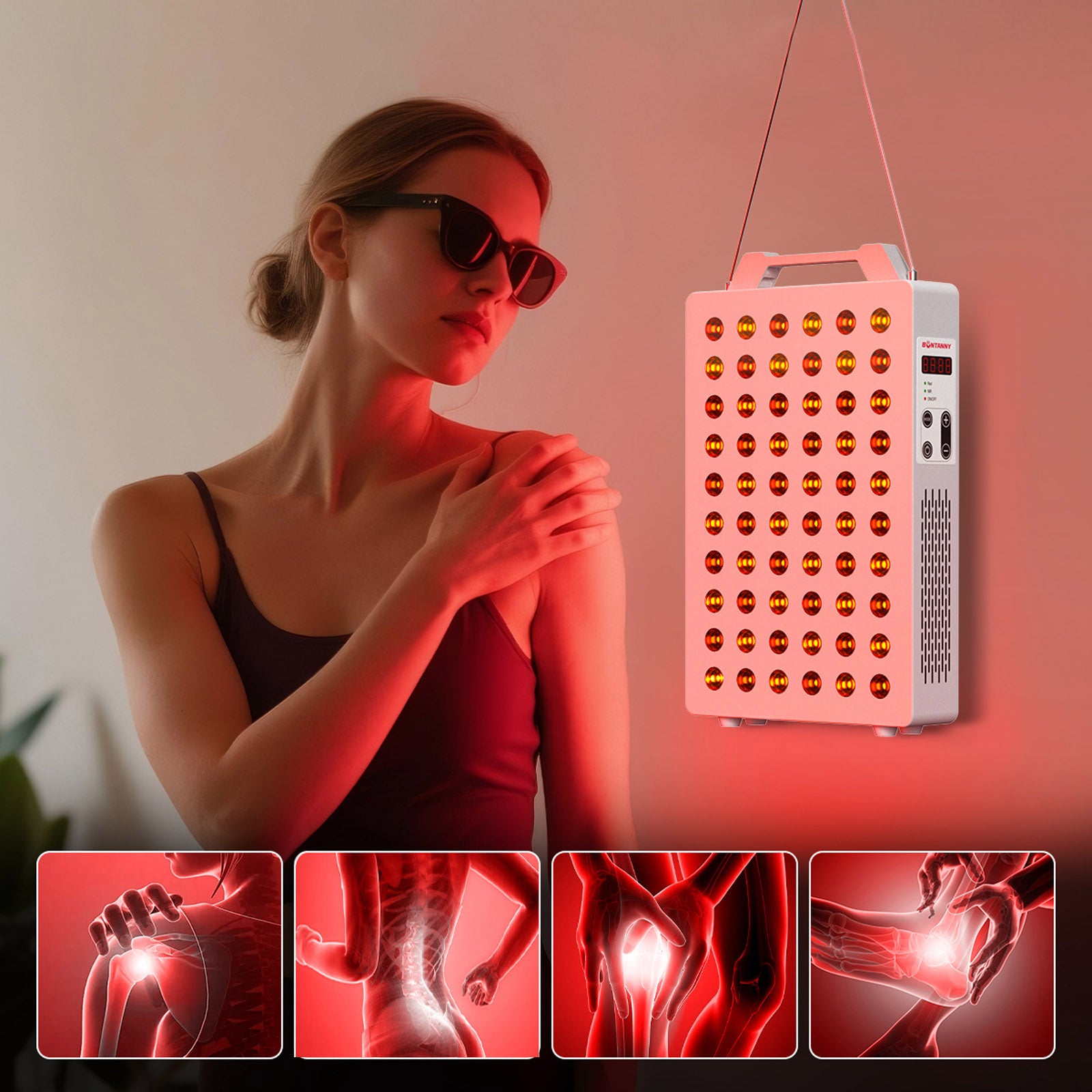

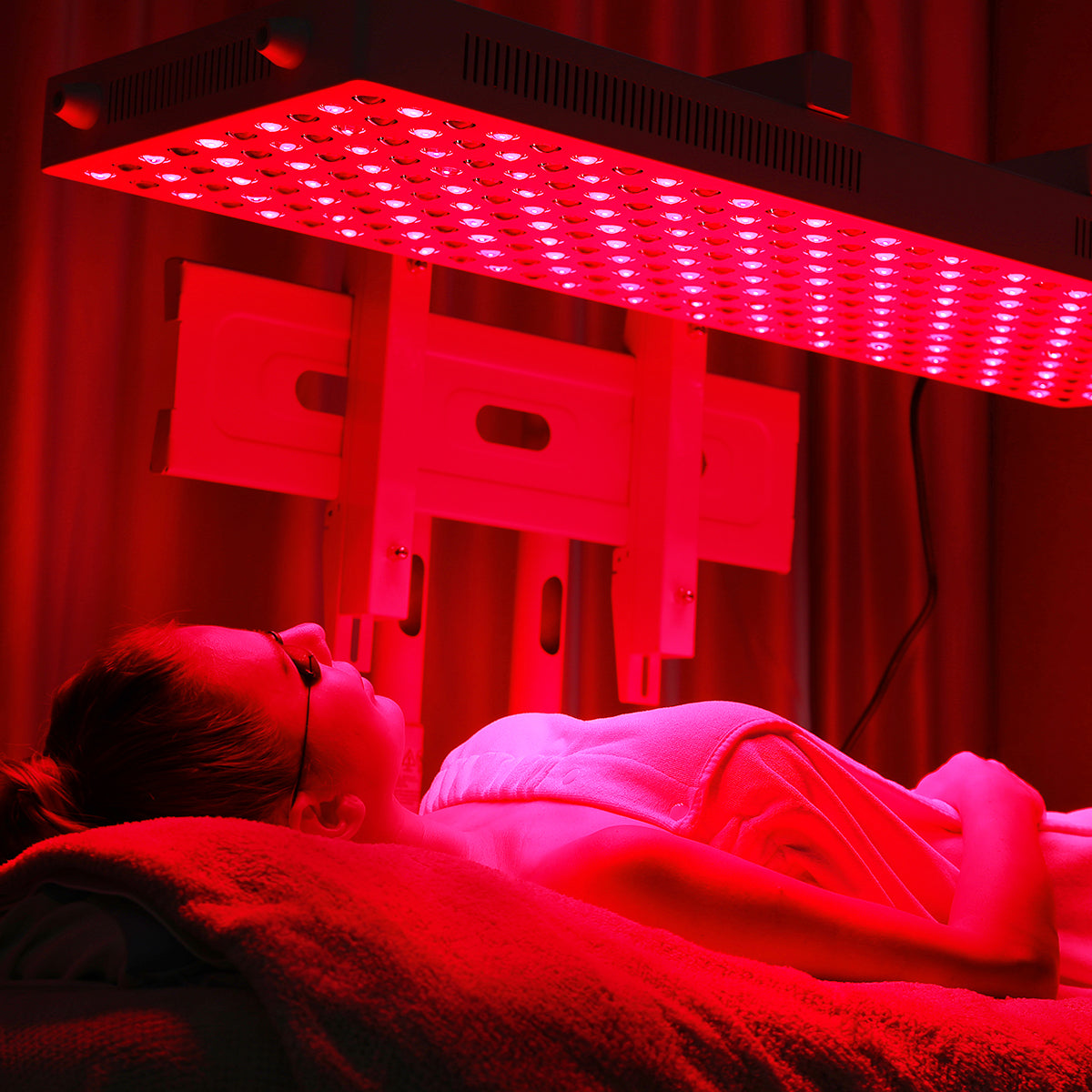
Leave a comment
This site is protected by hCaptcha and the hCaptcha Privacy Policy and Terms of Service apply.